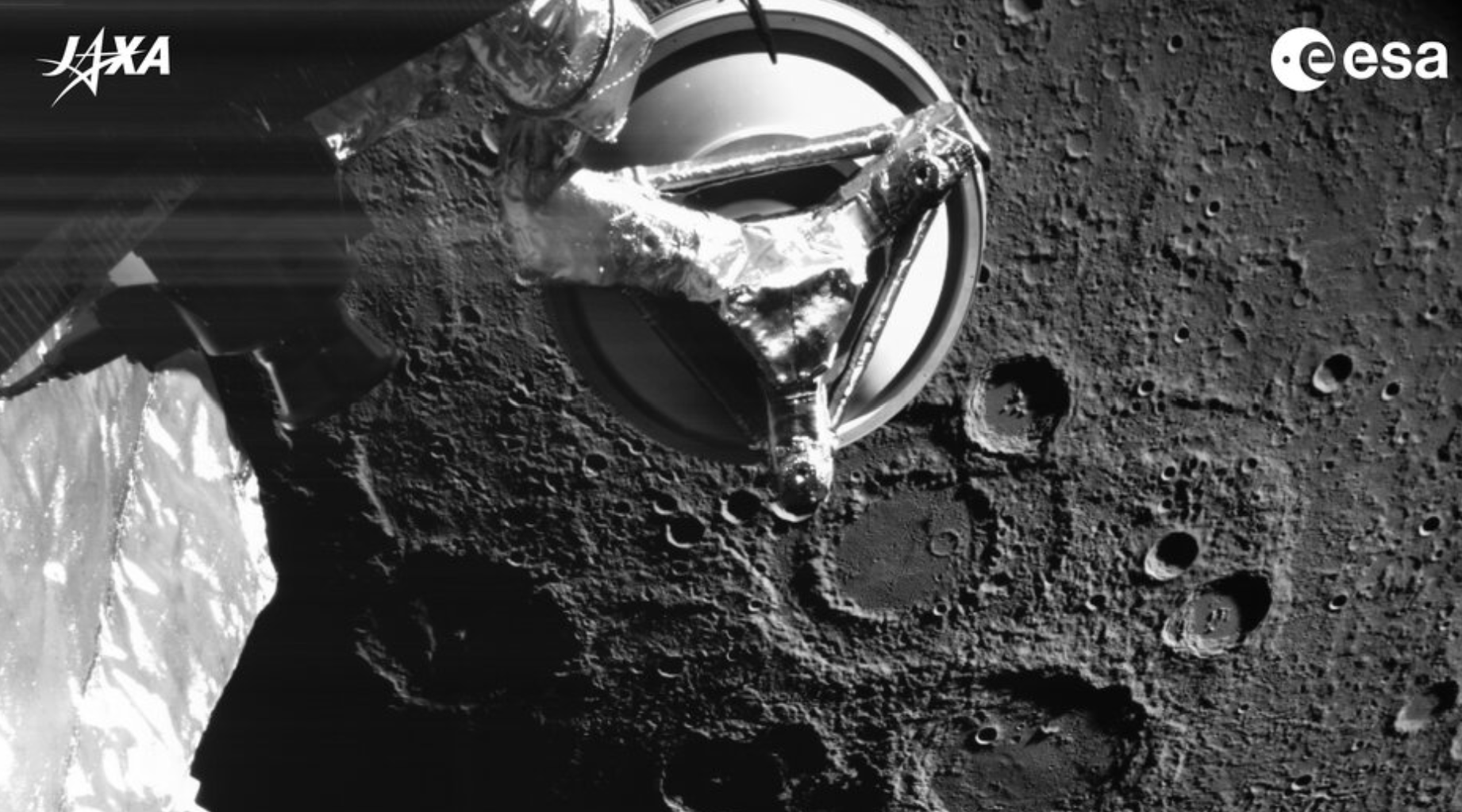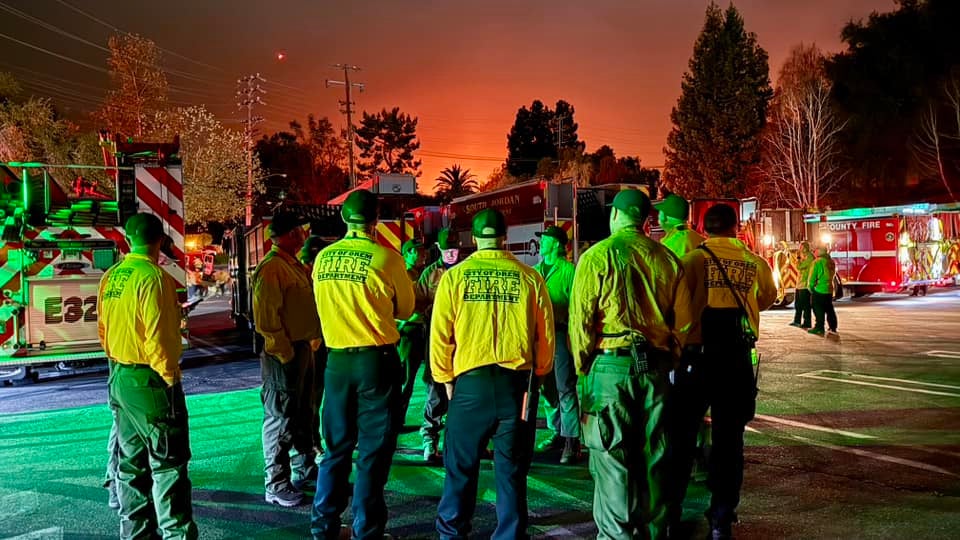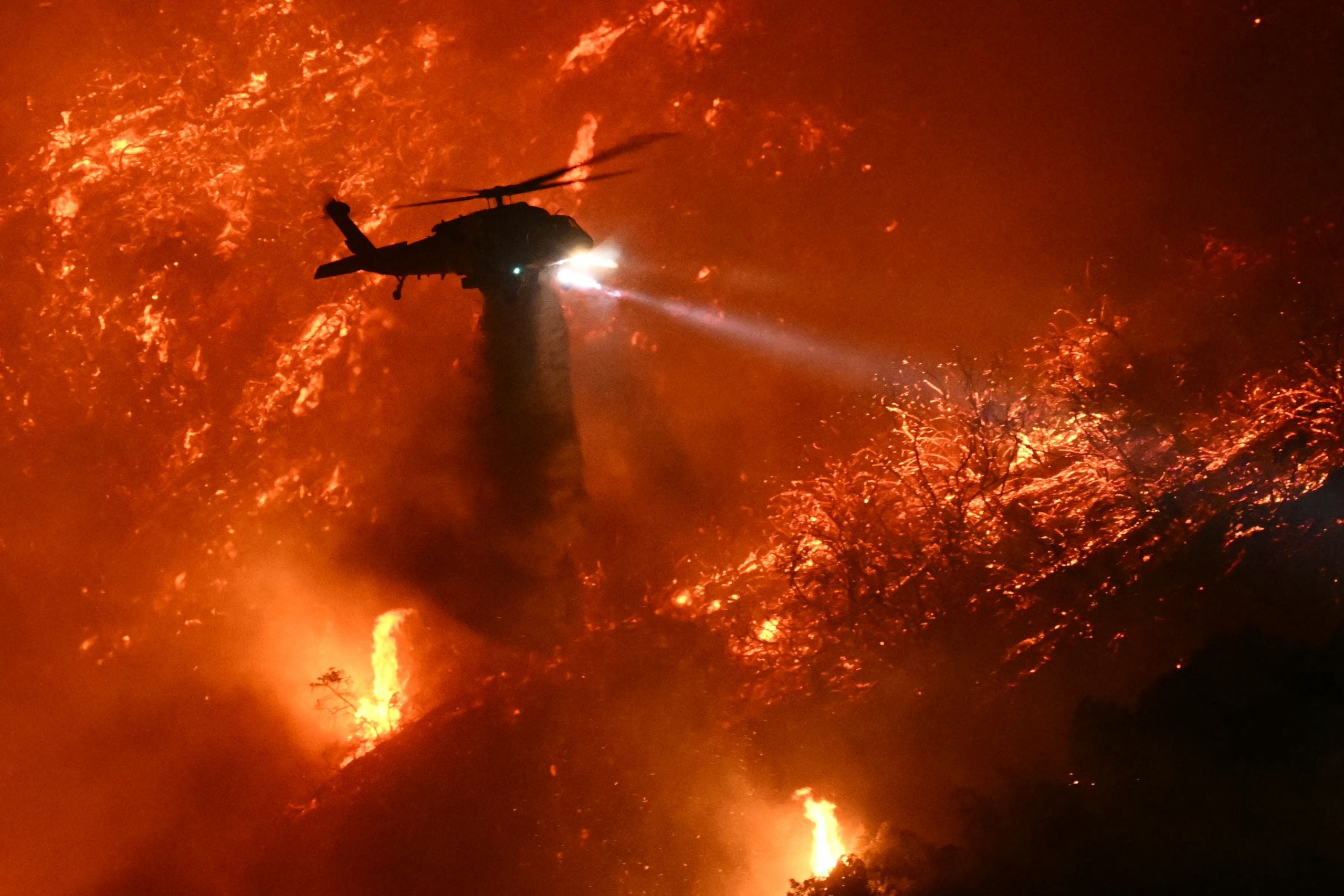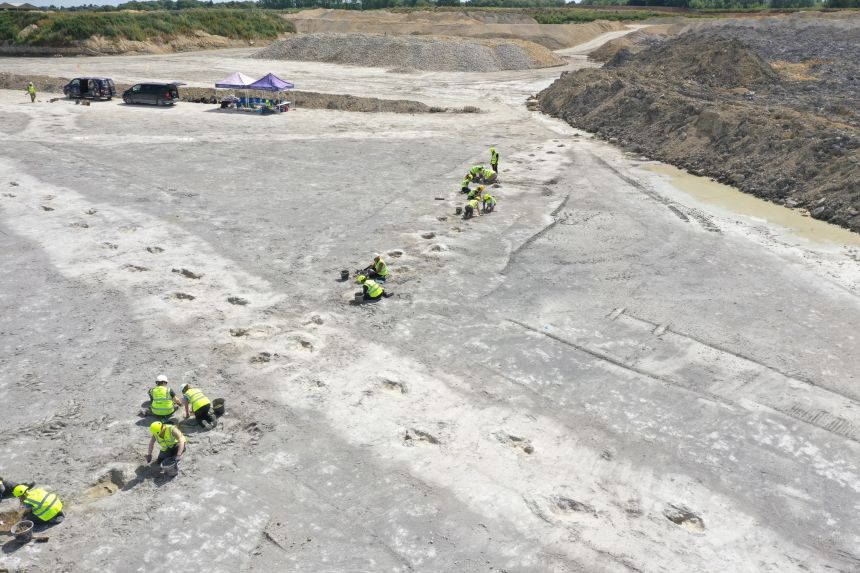A spacecraft operated by the European Space Agency and the Japan Aerospace Exploration Agency has made its final flyby of Mercury, as scientists now work to guide BepiColombo into the planet’s orbit.During the sixth flyby, the ESA expected the spacecraft would fly less than 200 miles above the Swift Planet, while conducting measurements of Mercury’s magnetic field and capturing stunning images.The mission, which has largely been deemed a success, has completed six flybys of the planet since 2021, each time studying features such as craters and the planet’s magnetic field.The space agency has released images that show a rocky, crater-filled surface where previous lava flows likely occurred.One of several previously unknown craters was spotted by BepiColombo’s cameras and was estimated to be nearly 100 miles across.Following a request from the operations team, the International Astronomical Union recently named the crater ‘Stoddart’ in honor of Margaret Olrog Stoddart, a renowned New Zealand artist known for her floral paintings.”When we were planning for this flyby, we saw that this crater would be visible and decided it would be worth naming due to its potential interest for BepiColombo scientists in the future,” David Rothery, a planetary professor and BepiColombo team member, previously stated.DON’T MISS THESE CELESTIAL EVENTS IN 2025Other large craters include the Caloris Basin, Hokusai, Shakespeare and Vivaldi, which are thought to have been created by impacts from large asteroids or comets.The spacecraft will continue its journey toward Mercury’s orbit, where it will study the planet’s surface and magnetic field in greater detail for at least a year.”In 2027, the main science phase of the mission will begin. The spacecraft’s suite of science instruments will reveal the invisible about the solar system’s most mysterious planet, to better understand the origin and evolution of a planet close to its host star,” the ESA stated.The mission is said to be running behind schedule due to limited propulsion produced by its electric thrusters.A creative workaround was devised by the ESA flight team, which has kept the mission on track by taking advantage of the planet’s gravitational pull to help slow down the spacecraft.”We can’t wait to see what BepiColombo will reveal during this sixth and final flyby of Mercury. While we’re still two years away from the mission’s main science phase, we expect this encounter to provide us with beautiful images and important scientific insights into the least-explored terrestrial planet,” Geraint Jones, a scientist at the ESA, said in a statement.SEE THE OBJECT HUMANS LEFT BEHIND ON THE MOONThe innermost planet is one of the least studied in the solar system, primarily due to its proximity to the Sun.NASA estimates that daytime temperatures on the planet can reach 800 °F, while nighttime readings can drop to -290 °F.Several countries have proposed attempting lander missions on the planet, but none are expected to launch from Earth before 2030.







